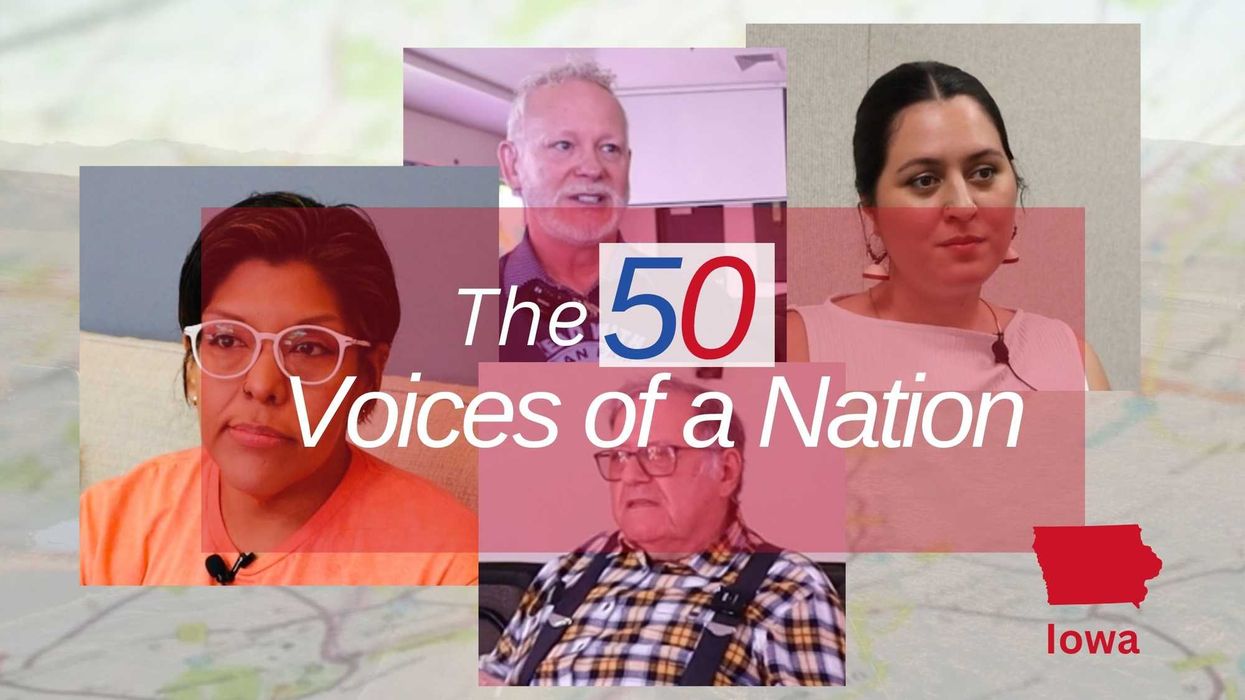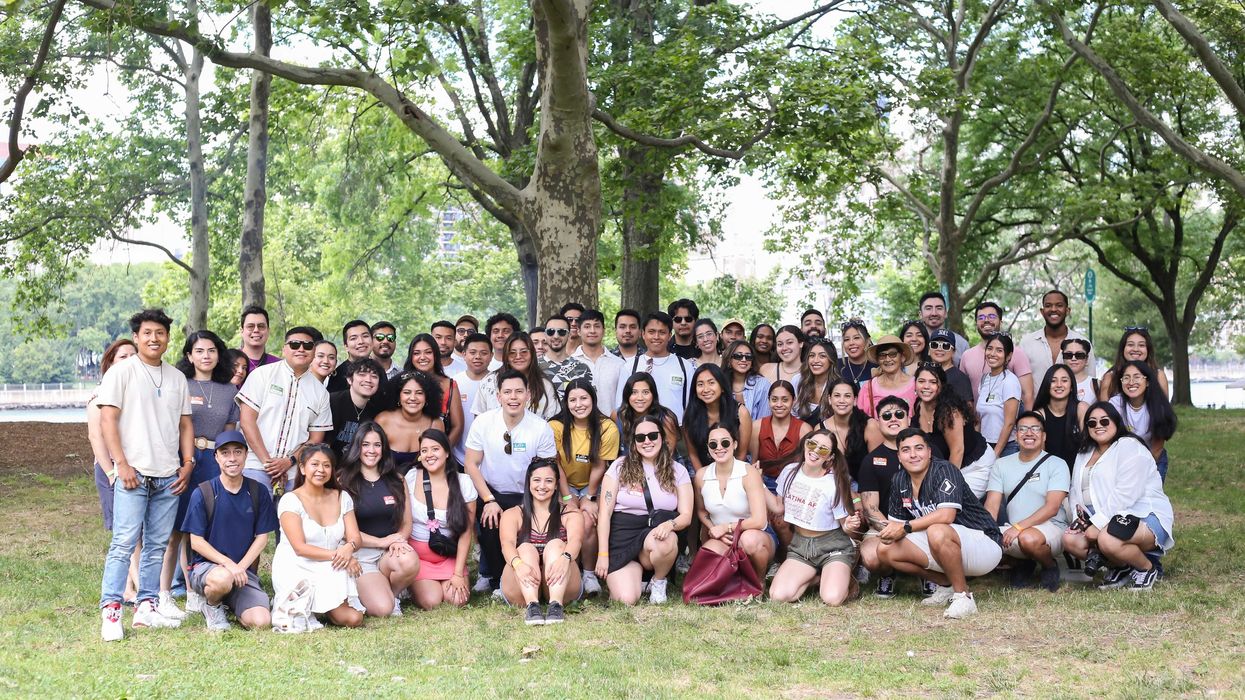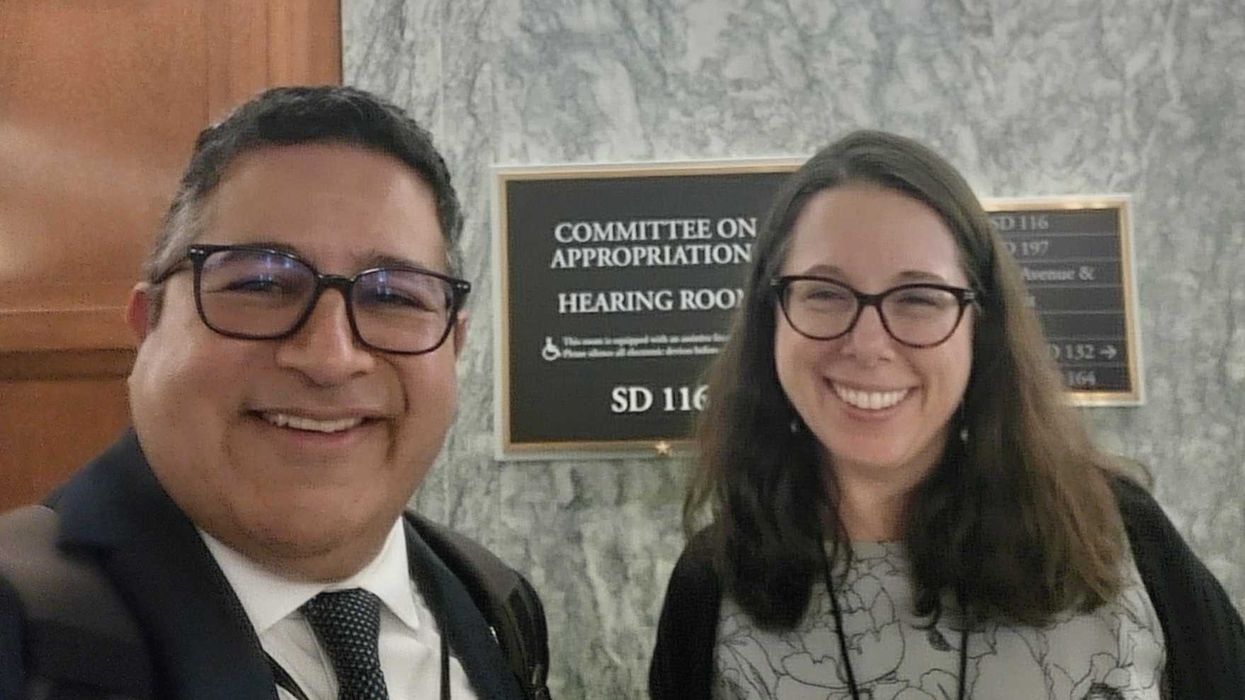In an era of heightened polarization, many voters simply look for an R or D on the ballot and then select the candidate on that line. But strict adherence to one’s preferred party may not result in elected officials who best represent your positions on policy areas, such as abortion rights and the economy, and politics, such as the state of American democracy.
So let’s examine the decision-making process.
Now that you’ve registered to vote and understand the process for submitting your ballot, it’s time to examine the ballot and decide which candidates have earned your vote. It can be difficult and time consuming to determine which candidates best represent your views but there are some key elements to consider that may make the decision a bit easier.
Firstly, discern what issues or facets of a candidate are most important to you. Perhaps there is a specific problem that stirs your passions, or you prefer to focus on candidates’ qualifications, or even a candidate’s identity is your top priority. Deciphering what matters most to you can make finding a candidate a lot easier. You may want to go beyond the candidates’ stances on the most prominent national issues to also consider state and local matters. Determine whether prior experience (either in politics or the private sector), years of education, or other criteria matter.
Once you’ve narrowed down the selection pool, it is time to gather information on said candidates. You can find this information on the campaign websites, social media, press releases, news outlets, candidate debates and speeches, and political advertisements. It’s important to keep in mind that a lot of the information found on candidate- or party-sourced outlets will be heavily biased so it’s beneficial to get information from nonpartisan organizations or even from opposing candidates. This will ensure a well-balanced selection of information on these candidates.
Additional reading:
For example, a candidate may draft a message geared towards female voters using particular imagery and vocabulary, focusing on issues that appeal to female voters. This may not accurately reflect the candidate but, instead, be curated to draw attention from a specific audience. Being able to recognize these biases is a useful tool in gaining information and distinguishing which parts are substantive in your search for the right candidate.
Distortion tactics, or negative campaigning, can be another hurdle that may make it difficult to understand a candidate’s platform. Often, campaigns resort to name-calling, rumor-mongering and other statements that distract from policy debates.
After learning about the candidate, the next step is to equip yourself with information on the issues you care about. Evaluate candidates’ proposals and their effect on the nation and your community. Even when you find someone whose ideas match your own beliefs, weigh the alternatives because you just might be persuaded to change your mind.
Another crucial step is evaluating the potential candidate. After you understand a candidate’s stance on the issues, it's then necessary to consider the candidate’s impact if elected to office. This can be accomplished by examining the candidate’s credibility and their prior work up to the election. Does the candidate have a background in politics? Do they have other experience that has prepared them for office? There are many indicators of whether a candidate will be a good fit for the position. Sometimes, it can just mean getting a sense of the candidate’s personality.
Moreover, understanding how other people perceive the candidate can also be helpful. This can provide alternative viewpoints that may affirm or challenge your thoughts. Learning about who endorses the potential candidate and who finances their campaign can also provide additional insight about the candidate that may indicate how they would serve in office. This can be tedious, time-consuming work but can be critical in better understanding the people who want your vote.
Next up: Tools to help you make those decisions.


















